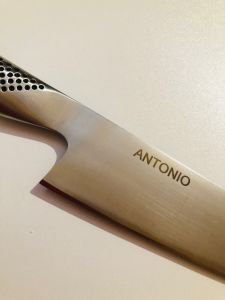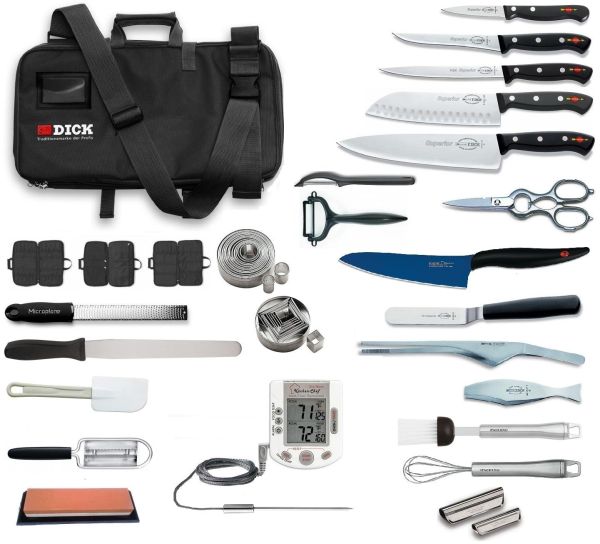Language
WORLDWIDE SHIPPING
COMPLETE PROFESSIONAL CASE: Antonello Migliore
€629.00
€515.57
Availability:
In stock
Utensils for working and passion .
Indispensable instruments for the professional chef , to create, prepare, enliven the dishes of Italian and international cuisine.
They are contained in a case, practical to take out and also large, to enclose knives and accessories that allow to carry out the cook profession.
This case was created and designed by <a href='../AntonelloMigliore.pdf' target='_blank'><b>Chef ANTONELLO MIGLIORE</b></a>, a young professional cook, who has given a lot to the Italian style of cooking. Now, apart from being a well-known chef, he is also a teacher and imparts the knowledge of cooking techniques of Italian cuisine and also his experience in working instruments, explaining which implements are necessary in the cook case.
This case is the result of knowledge and competency. Together with him we provide it complete and containing the following knives and accessories :
1 Dick Series Superior paring knife cm. 8
1 Dick Series Superior Boning knife 13 cm.
1 Dick Series Superior filleting knife 18 cm.
1 Dick Series Superior Santoku knife with alveoli
1 Dick Series Superior carving knife 26 cm.
1 Kasumi titanium vegetable knife 13 cm.
1 Stainless steel forged scissors
1 Kyocera ceramics potato-peeler
Victorinox micro toothed-edge tomato-peeler
1 Microplane Premium citrus grater thin cut
1 flexible spatula cook and pastry chef 35 cm.
1 Dick knee-shaped small spatula
1 rubber spatula 28 cm.
1 couple of Dick stainless steel pliers and boning tweezers
1 Paderno set brush and whip
1 Triangle professional fish-scaler
1 Thermotimer TFA Temperatures 0 + 300 C°
1 Set round paste-cutters
1 Set square paste-cutters
1 Dick sharpening stone 360 - 1000
1 couple of guides for stone sharpening
For more information <a href='../AntonelloMigliore.pdf' target='_blank'>Antonello Migliore click here</a>.
Indispensable instruments for the professional chef , to create, prepare, enliven the dishes of Italian and international cuisine.
They are contained in a case, practical to take out and also large, to enclose knives and accessories that allow to carry out the cook profession.
This case was created and designed by <a href='../AntonelloMigliore.pdf' target='_blank'><b>Chef ANTONELLO MIGLIORE</b></a>, a young professional cook, who has given a lot to the Italian style of cooking. Now, apart from being a well-known chef, he is also a teacher and imparts the knowledge of cooking techniques of Italian cuisine and also his experience in working instruments, explaining which implements are necessary in the cook case.
This case is the result of knowledge and competency. Together with him we provide it complete and containing the following knives and accessories :
1 Dick Series Superior paring knife cm. 8
1 Dick Series Superior Boning knife 13 cm.
1 Dick Series Superior filleting knife 18 cm.
1 Dick Series Superior Santoku knife with alveoli
1 Dick Series Superior carving knife 26 cm.
1 Kasumi titanium vegetable knife 13 cm.
1 Stainless steel forged scissors
1 Kyocera ceramics potato-peeler
Victorinox micro toothed-edge tomato-peeler
1 Microplane Premium citrus grater thin cut
1 flexible spatula cook and pastry chef 35 cm.
1 Dick knee-shaped small spatula
1 rubber spatula 28 cm.
1 couple of Dick stainless steel pliers and boning tweezers
1 Paderno set brush and whip
1 Triangle professional fish-scaler
1 Thermotimer TFA Temperatures 0 + 300 C°
1 Set round paste-cutters
1 Set square paste-cutters
1 Dick sharpening stone 360 - 1000
1 couple of guides for stone sharpening
For more information <a href='../AntonelloMigliore.pdf' target='_blank'>Antonello Migliore click here</a>.
FAQs

 IT
IT FR
FR
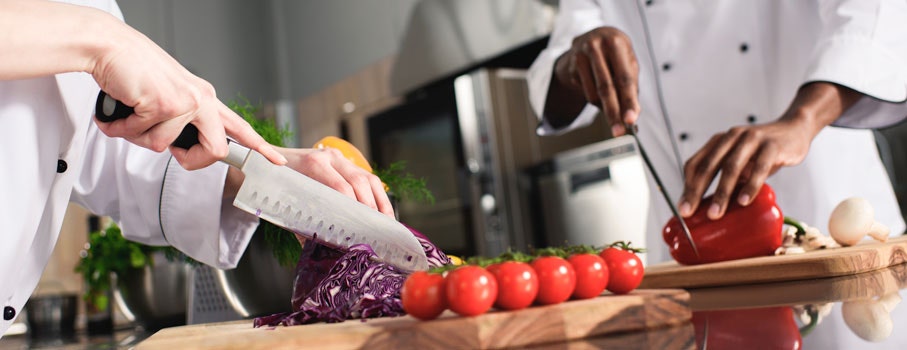
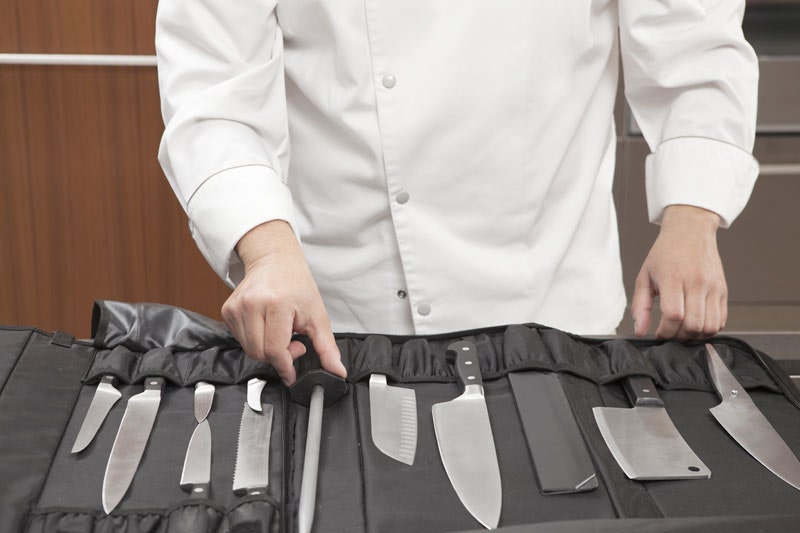
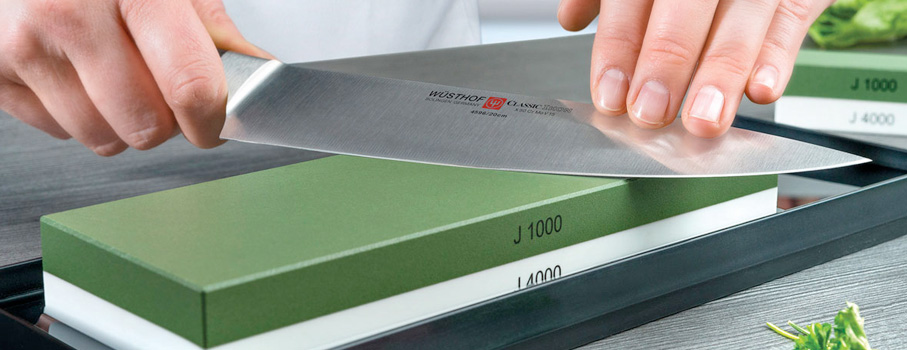
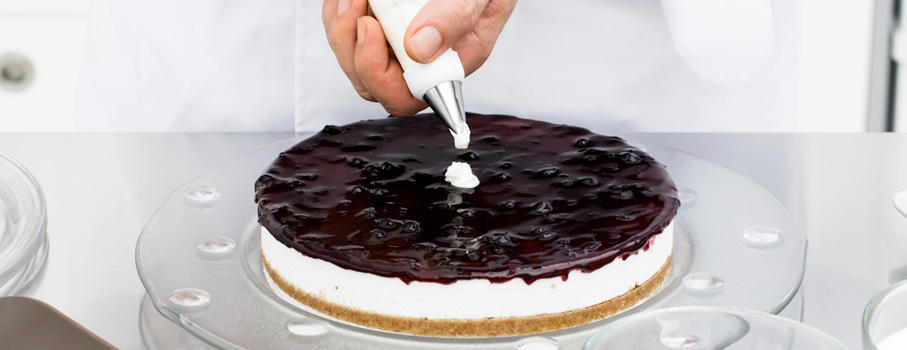

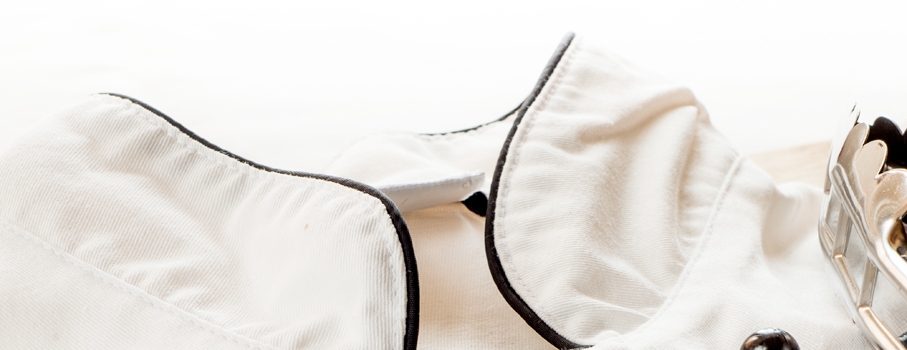
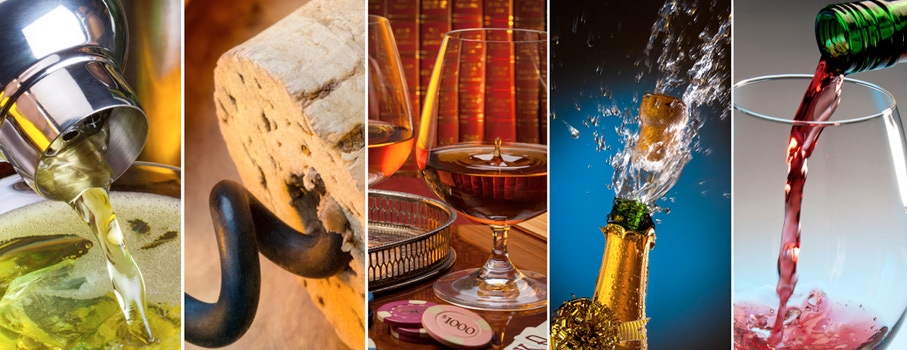
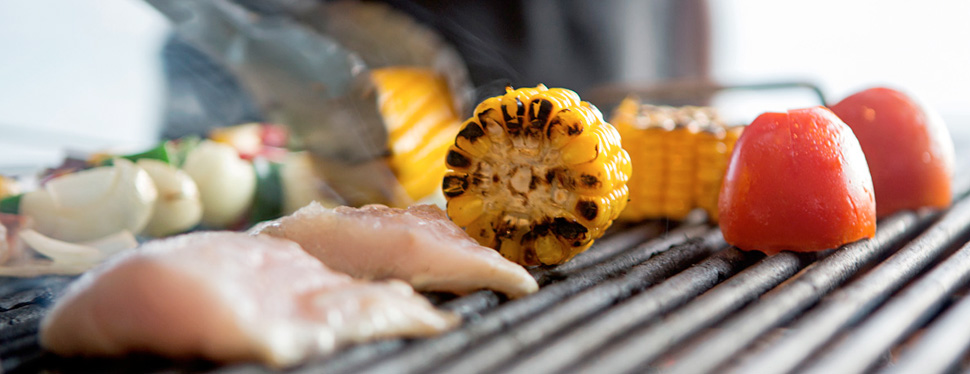

 IT
IT FR
FR
